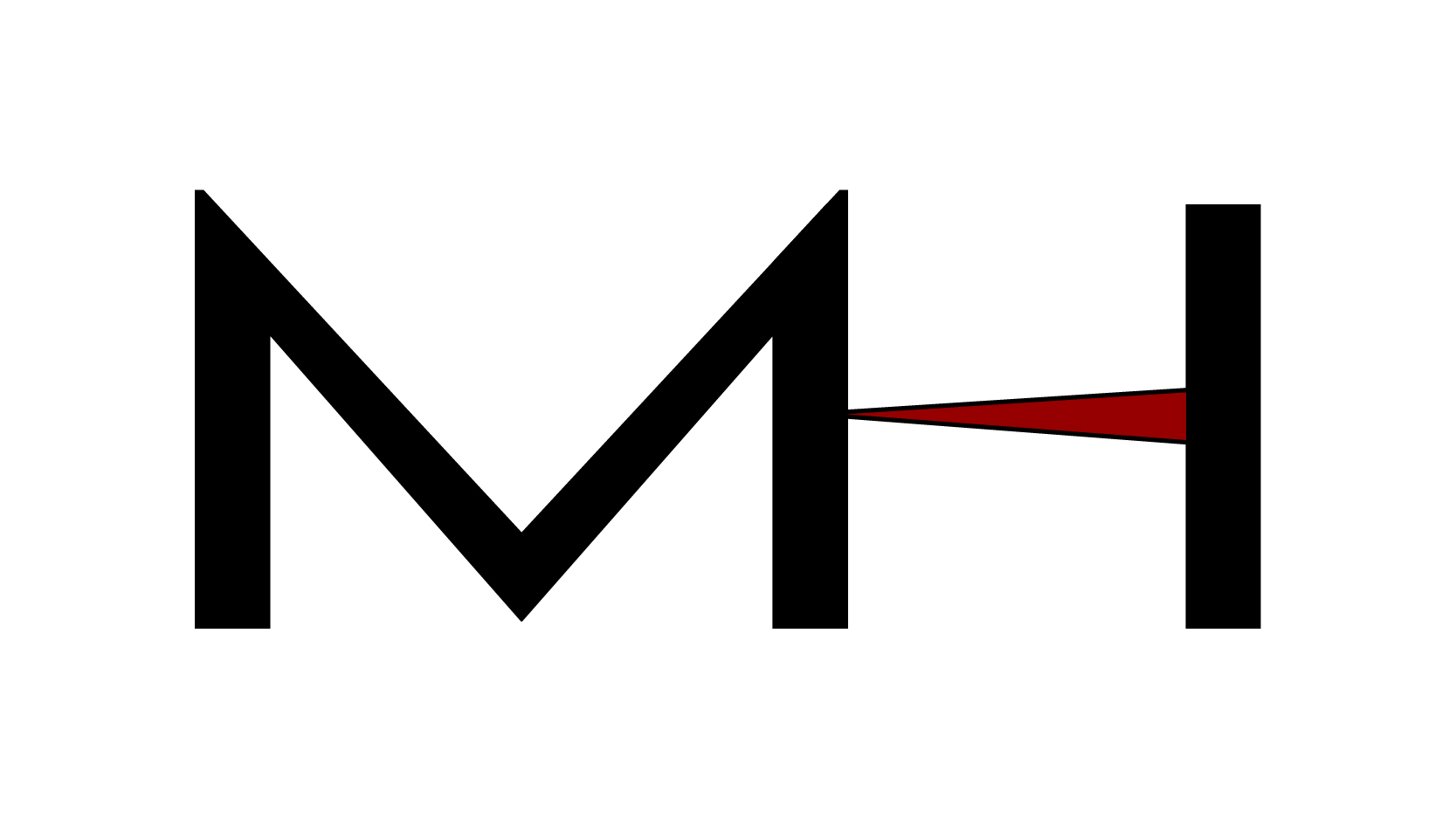- 0 Comments
- BLOG Muscular Neurological / Psychological
Movement is the product of many systems working together in a highly coordinated and harmonious fashion. Such systems include the sensorimotor, musculoskeletal, and energy systems (Page, Lardner, & Frank, 2010). When functioning optimally, the coalescence of such systems can produce meaningful and effective motions, such as running. Over time, however, fatigue is expressed as a […]
Read More